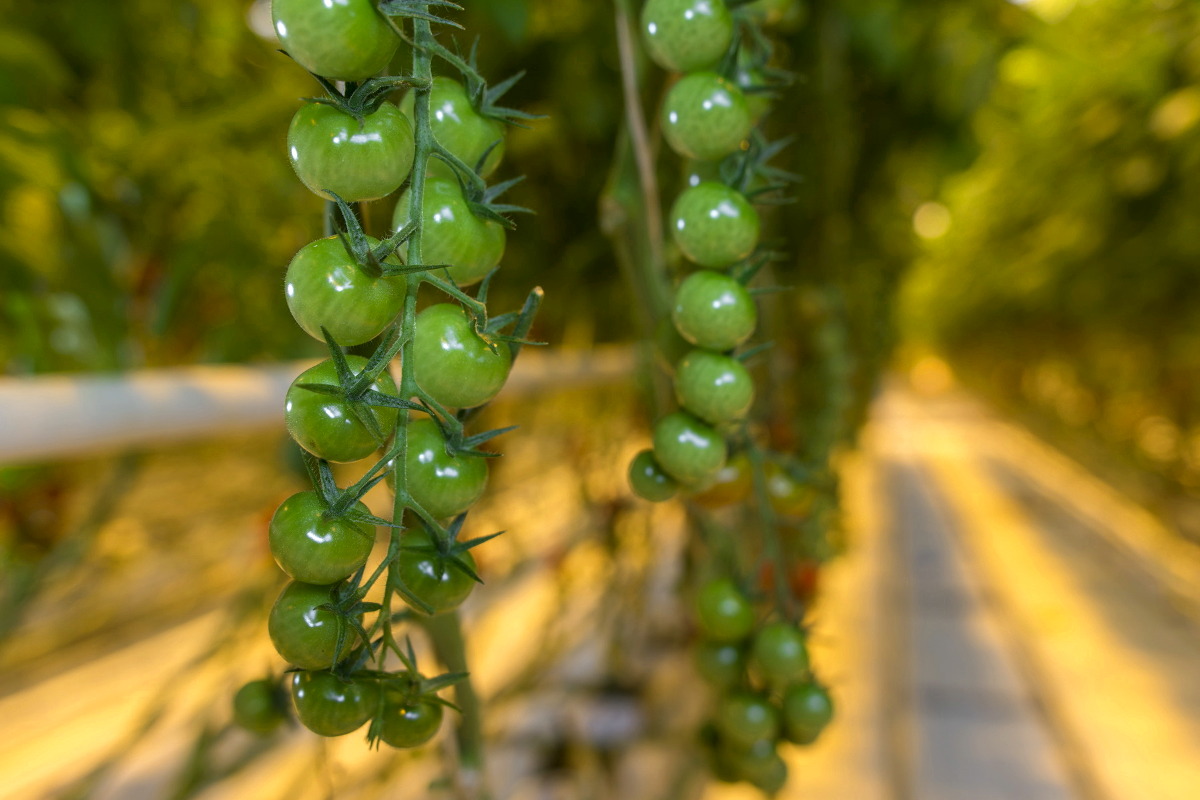It is said that 10 to 15% of the world’s agricultural production loss is caused by diseases. And since 70-80% of this plant disease is caused by filamentous fungi, protecting crops from filamentous fungi is an important issue in effectively feeding the world population. In order for pathogenic fungi to infect plants, they must break through the epidermal cells of the plant and invade the interior. In other words, plant epidermal cells act as the first barrier to stop the attack of pathogenic fungi in the environment. So what kind of defense functions do epidermal cells have?
Interestingly, it was known that the epidermis of plants contains small chloroplasts that are not so involved in photosynthesis. However, it was unclear what function it had. Why are there small chloroplasts in the epidermis of plants that do not contribute much to photosynthesis?
Assistant Professor Hiroki Irieda of the Faculty of Agriculture, Shinshu University and Professor Yoshitaka Takano, Graduate School of Agriculture, Kyoto University, found that small chloroplasts in the epidermis of plants control the entry of fungal pathogens. The duo discovered that the small chloroplasts move inside the cell dramatically to the surface layer in response to the fungal attack and is involved in such defense response.
In this study, the duo first investigated what kind of pathogenic fungi the epidermal chloroplasts respond to. As a result, they found that multiple pathogenic filamentous fungi cause surface migration of epidermal chloroplasts. Interestingly, it was also found that these pathogenic filamentous fungi were the so-called ‘nonadapted’ and were blocked from invading epidermal cells. On the other hand, adapted pathogenic fungus is more likely to invade the epidermis in plants in which the epidermal chloroplasts have stopped migrating to the surface layer.
Next, they succeeded in finding plant proteins involved in the surface migration of epidermal chloroplasts. When a plant that overproduces this protein was created by gene transfer introduction, epidermal chloroplasts did not move to the surface layer against pathogenic filamentous fungi. In this transgenic plant, the immunity to the epidermal invasion of pathogenic filamentous fungi is reduced. It was also found that pathogenic fungi are more likely to invade the epidermis in plants in which the epidermal chloroplasts have stopped migrating to the surface layer. These results indicate that the migration of epidermal chloroplasts to the surface layer is involved in the defense response that blocks the invasion of pathogenic fungi.
Read the complete article at www.phys.org.












